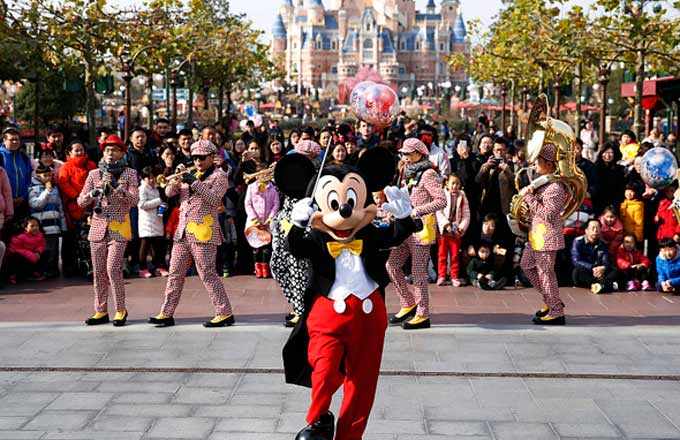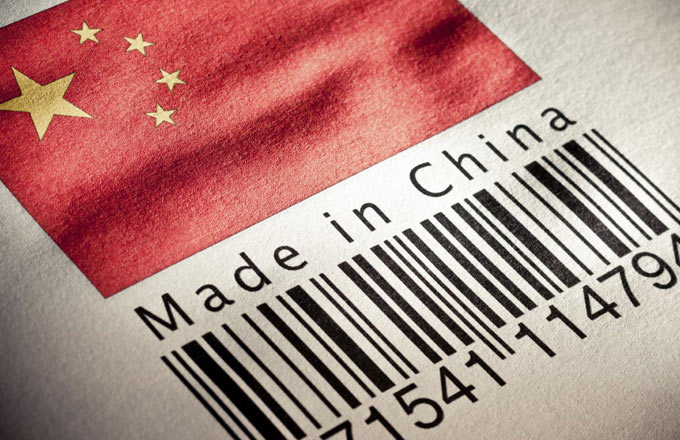Weakening manufacturing expansion signals future headwinds
BEIJING - Manufacturing activity in China continued to expand in April, although at the slowest pace since last September, after a private survey released Tuesday revealed that an index for the sector fell for the second month.
The Caixin China General Manufacturing Purchasing Managers' Index (PMI) stood at 50.3 last month, down from 51.2 in March, according to the survey conducted by financial information service provider Markit and sponsored by Caixin Media Co Ltd.
A reading above 50 indicates expansion, while one below 50 points to contraction.
The weakening trend is in line with the official manufacturing PMI, which came in at 51.2 in April, expanding for the ninth-straight month but also recording a slowdown from 51.8 in March, according to the National Bureau of Statistics.
The official PMI samples 3,000 manufacturing enterprises in China. The Caixin PMI samples some 500 manufacturers and is relatively volatile due to its small sample size and less involvement of large enterprises.
Caixin attributed the weak expansion to the fact that new orders had increased at the slowest pace since September, while production growth softened for the second month in a row.
The softer growth of total new orders was in accordance with a slowing expansion in new export work due to relatively muted consumer demand abroad, according to the data.
Meanwhile, the Caixin data indicated an ease of cost pressure, with the rate of input price inflation falling to a seven-month low.
"It's not clear whether we have come to a turning point of economic growth, but we do see downward pressure," said Zhong Zhengsheng, director of macroeconomic analysis at CEBM Group, a subsidiary of Caixin Insight Group, predicting that the Chinese economy may be starting to embrace a downward trend in the near term.
China has had a strong start this year, with GDP expanding 6.9 percent in the first quarter, well above the annual growth target of around 6.5 percent.
Following the upbeat first-quarter performance, China has received a higher growth forecast for 2017 GDP due to solid growth momentum, but moderation in growth was also expected in the following quarters.
The slower expansion of manufacturing activity echoes the weakening momentum seen in the global economy, evidenced by PMI drops in the United States and Japan since March, said Zhong in a joint report released along with the data.
Zhong was upbeat about the balancing of economic structure, citing the sub-index for small enterprises in the official PMI which rose for two months in a row to near-two-year high in April.
Economists believe that the weakening manufacturing activity was partly the result of mounting pressure from China's strengthened supervision and deleveraging efforts in the financial sector.
A supervisory storm has recently swept the country's financial sector, with regulators showing absolute resolve to fix regulatory loopholes and tighten controls on the real estate sector.
Deng Haiqing, chief economist with JZ Securities, said the impact of enhancing regulation and property controls on the economy needed to be closely watched, as financial regulations will directly influence the financing of the real economy.
Strengthened regulation would be positive for the economy in the long run, but it could bring "short-term pains," said the CEBM report.
China's official non-manufacturing PMI stood at 54 in April, down from 55.1 in March but still well above the break-even point of 50. Caixin has yet to release its service PMI for April.

















